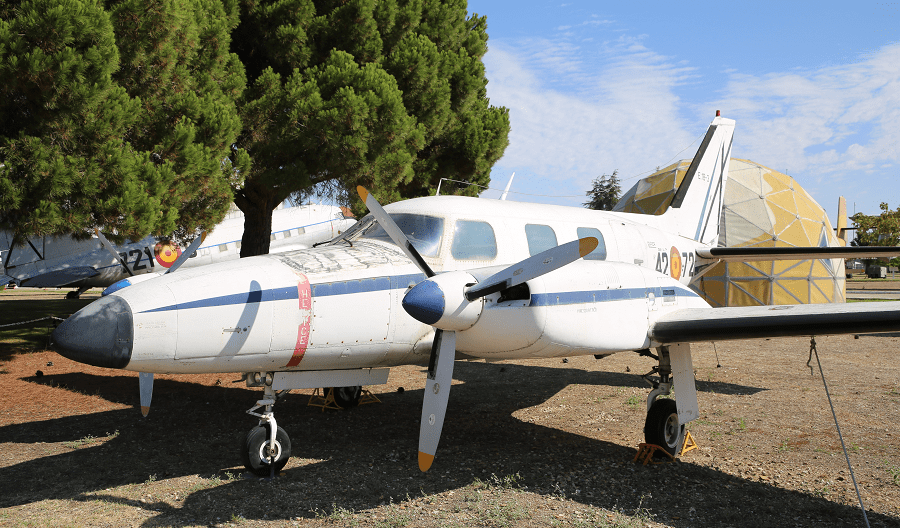The Piper PA-31 Navajo is a family of cabin-class, twin-engined aircraft designed and built by Piper Aircraft for the general aviation market, most using Lycoming engines. It was also license-built in a number of Latin American countries. Targeted at small-scale cargo and feeder liner operations and the corporate market, the aircraft was a success. It continues to prove a popular choice, but due to greatly decreased demand across the general aviation sector in the 1980s, production of the PA-31 ceased in 1984.
The next member of the family was also Piper’s first pressurized aircraft, the PA-31P Pressurized Navajo, certified in late 1969. Development of the PA-31P had begun in January 1966, before the FAA had awarded the PA-31 a type certificate. The PA-31P was powered by 425 hp (317 kW) Lycoming TIGO-541-E engines and compared to earlier models had a longer nose, fewer and smaller windows, 25 US gal (95 l) fuel tanks in the engine nacelles and a one-piece airstair cabin entry door instead of the split pair of doors on the unpressurized models. MTOW was greatly increased at 7,800 lb (3,538 kg). Also known unofficially as the PA-31P-425, the PA-31P was produced from 1970 to 1977.












